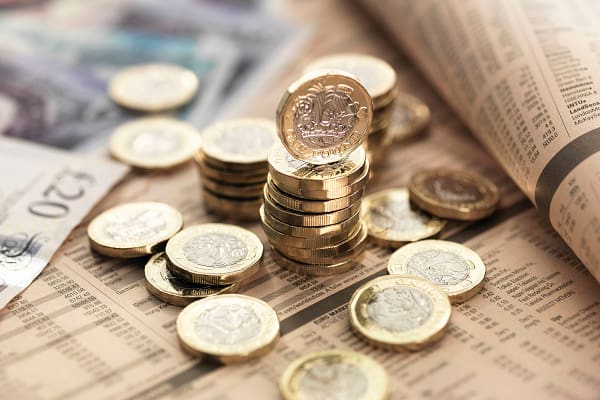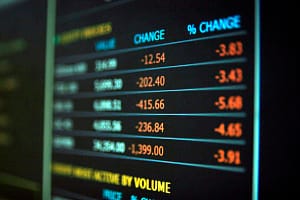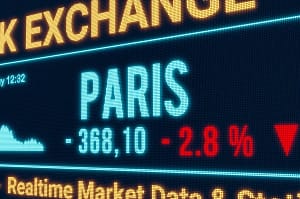The first half of 2022 has been characterised by record-setting price declines in corporate bonds, mainly caused by the shift that occurred in interest rates. For example, yields of EUR IG corporate bonds have risen tenfold, from 0.3% to 3.2%, in the past 12 months, while EUR high yield bonds have soared from 2.4% to 7.2%. Yields of this magnitude are normally only seen in the emerging market corporate high yield segment, which is currently trading at 7.6% on a EUR-hedged basis. Drawdowns in the entire corporate bond universe have therefore been extreme, but for IG corporate bonds in developed countries, the drawdowns seen have been even worse than the losses suffered during both the financial crisis and the Covid-19 pandemic.
Corrections this severe are quite painful but, in some cases, also offer real upside potential, especially where the underlying quality is good. In fact, USD IG corporates are displaying positive relative value compared to equities, even though for EUR-hedged investors they are likely to be currently less attractive than their domestic markets. Global equity markets have repriced significantly since January 2022, but the pick-up of equity earnings yield is minimal compared to IG corporate bonds on a historic basis. In light of the very high uncertainty on earnings forecasts and, hence, on the assumptions that are underpinning stock valuations, we find it is critical to see that declining sentiment indicators suggest that earnings forecasts may have to fall even more.
Two crucial factors that could trigger a robust market rally are an easing of China’s zero-Covid policy and a ceasefire in Ukraine. Patience is still the watchword, and it is too early to call a general relief rally just yet. Even so, various fundamental and technical factors are providing us with grounds for optimism. For example, real yields have risen so much and so fast that financing conditions have become more restrictive. This is forcing companies to be more conservative in the strategic use of their balance sheets, and market-based inflation expectations have already swung back the other way since May.
We therefore expect some improvement in bond market sentiment in the second half of the year. Our baseline scenario assumes a soft landing. However, the probability of a recession cannot be neglected in some regions, especially in Europe, particularly in the event of a natural gas embargo. That being said, we have moved on from our maximum risk underweighting, given the historically extreme negative market sentiment and attractive valuations, and are taking our first, carefully considered steps towards a neutral stance. In doing so, we prefer short- to medium-dated EUR-denominated bonds from US-based issuers. We are currently considering the energy sector in developed countries, and banking, as attractive but we remain cautious on capital goods and real estate.






Leave a Comment